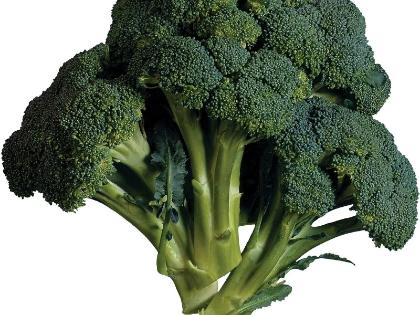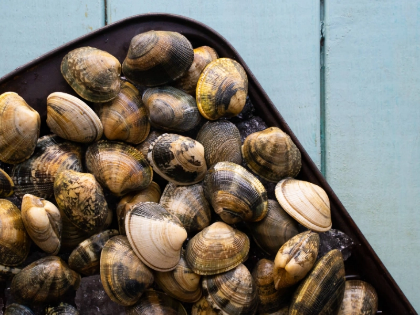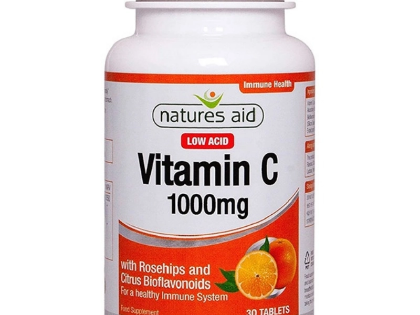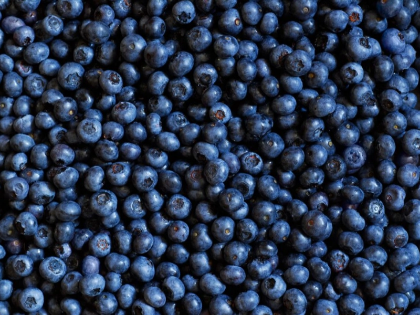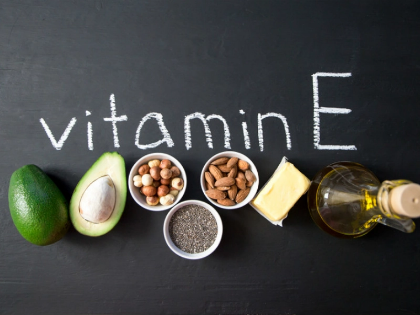Understanding Mercury Levels: Choosing Safe Shellfish Options
1. Value of Shellfish for Our Diet Many people all throughout the world like and find a wholesome meal choice in shellfish. Excellent additions to a balanced diet, they are high in minerals, vitamins, and proteins. But worries about mercury levels in shellfish have begged issues about their suitability for human consumption. Making wise eating decisions while still enjoying the health advantages that shellfish offer depends on an awareness of their link with mercury.
2. Why might Mercury be of concern? One naturally occurring element available in the surroundings is mercury. Through water sources, it can enter the food chain and become methylmercury, a poisonous form that builds up in shellfish and fish. Particularly in pregnant women and young children, high mercury levels can cause major medical concerns, including brain damage and developmental abnormalities. Public health depends thus on careful monitoring of mercury content in shellfish.
3. Types of Shellfish and Mercury Content Mercury content varies among the several kinds of shellfish. Generally speaking, smaller shellfish like prawns, crab and scallops have less mercury than bigger species, including lobster and several kinds of fish. For example, clams and prawns are regarded as safe choices; larger species can cause more risk. These variations should be known to you while choosing shellfish for your dinner.
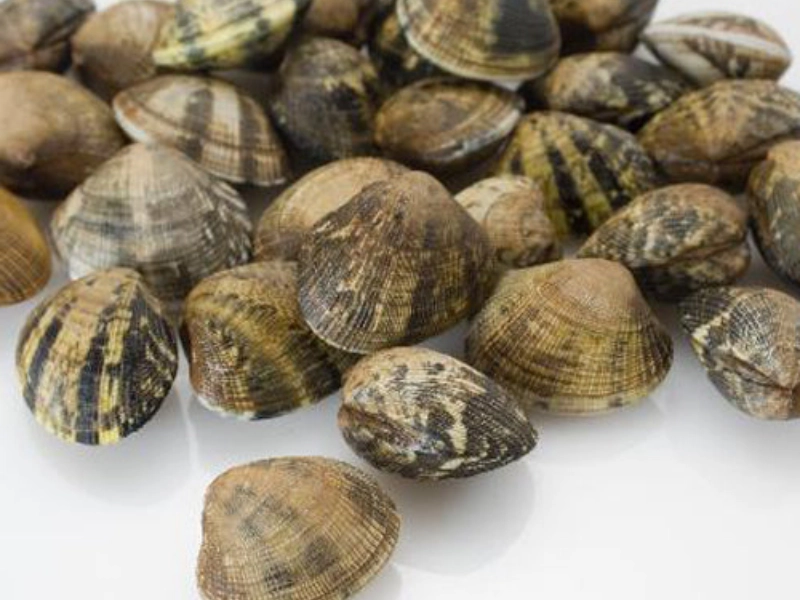
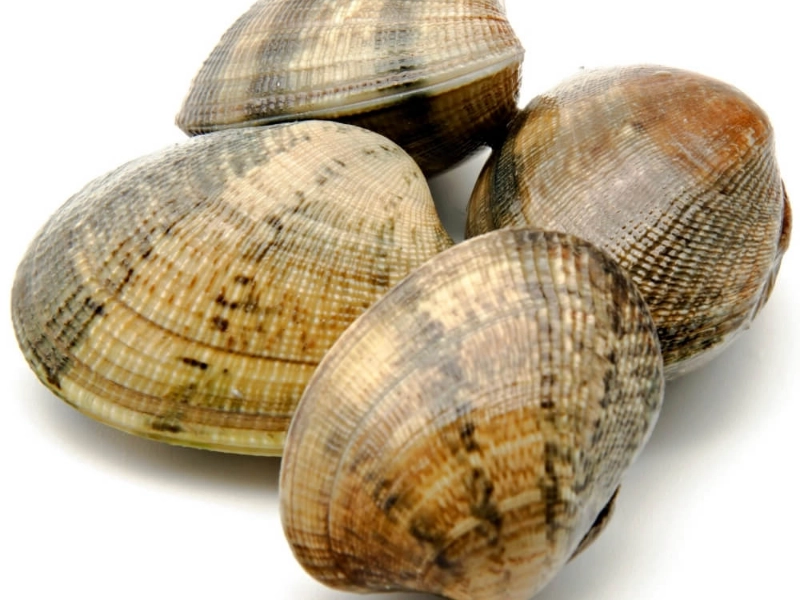 5. Mercury-Level Sustainable Shellfish Choosing shellfish also requires careful consideration of sustainability. Mercury levels in shellfish populations could change depending on environmental damage and overfishing. Sustainable farming and fishing methods might produce safer seafood choices and help to preserve healthy ecosystems. Look for certifications or labels stating the shellfish were obtained sustainably; this usually refers to reduced mercury levels.
6. Cooking Techniques and Their Affectiveness Furthermore, affecting the safety and nutritional worth of shellfish is your preparation method. Although thorough cooking of shellfish kills dangerous germs and parasites, it does not remove mercury. But cooking shellfish with nutritious foods like vegetables or whole grains will produce a balanced meal that lessens possible hazards. To lower the possibility of contamination, always be sure that shellfish come from reliable vendors.
5. Mercury-Level Sustainable Shellfish Choosing shellfish also requires careful consideration of sustainability. Mercury levels in shellfish populations could change depending on environmental damage and overfishing. Sustainable farming and fishing methods might produce safer seafood choices and help to preserve healthy ecosystems. Look for certifications or labels stating the shellfish were obtained sustainably; this usually refers to reduced mercury levels.
6. Cooking Techniques and Their Affectiveness Furthermore, affecting the safety and nutritional worth of shellfish is your preparation method. Although thorough cooking of shellfish kills dangerous germs and parasites, it does not remove mercury. But cooking shellfish with nutritious foods like vegetables or whole grains will produce a balanced meal that lessens possible hazards. To lower the possibility of contamination, always be sure that shellfish come from reliable vendors.
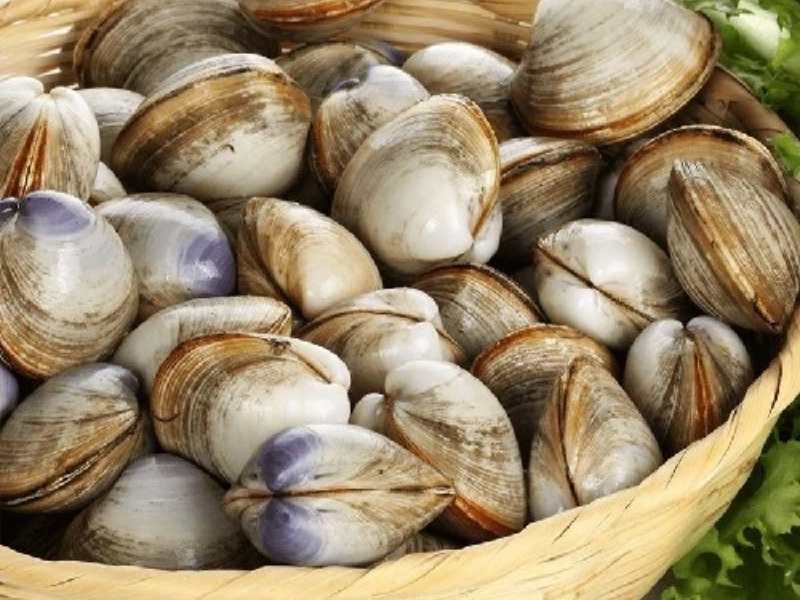 7. Track and Test Mercury Levels Public health depends on consistent mercury-level monitoring of shellfish. Tests run by government agencies and environmental groups help to guarantee that seafood is safe for eating. Maintaining knowledge of local recommendations on mercury levels in shellfish would enable customers to make more wise decisions. See local health agencies or guidelines if you are not sure whether shellfish from a given source are safe.
8. Synopsis of Selected Safe Shellfish Choices Making reasonable dietary decisions depends on knowing the mercury content in shellfish. Following consumption rules, choosing shellfish known to have reduced mercury levels, and considering sustainability will help you to maximize the nutritional value of shellfish while lowering health hazards. Maintaining knowledge of local advisories and using reliable sources will help you even more to pick safe shellfish choices. When handled with knowledge and consideration, enjoying shellfish can fit a good diet.
7. Track and Test Mercury Levels Public health depends on consistent mercury-level monitoring of shellfish. Tests run by government agencies and environmental groups help to guarantee that seafood is safe for eating. Maintaining knowledge of local recommendations on mercury levels in shellfish would enable customers to make more wise decisions. See local health agencies or guidelines if you are not sure whether shellfish from a given source are safe.
8. Synopsis of Selected Safe Shellfish Choices Making reasonable dietary decisions depends on knowing the mercury content in shellfish. Following consumption rules, choosing shellfish known to have reduced mercury levels, and considering sustainability will help you to maximize the nutritional value of shellfish while lowering health hazards. Maintaining knowledge of local advisories and using reliable sources will help you even more to pick safe shellfish choices. When handled with knowledge and consideration, enjoying shellfish can fit a good diet.
